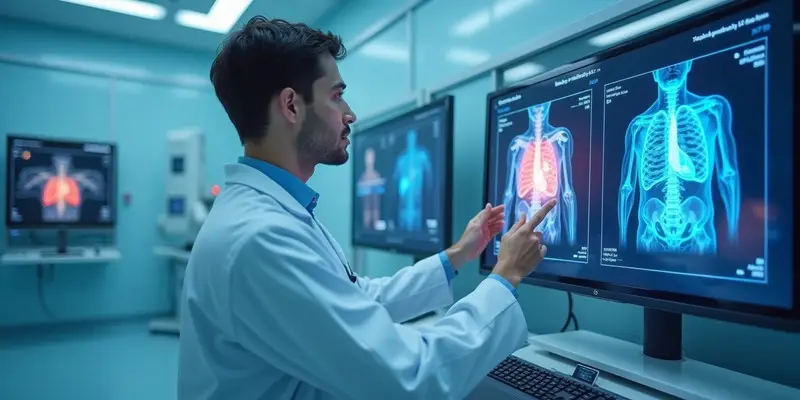- Published on: Apr 09, 2022
- 2 minute read
- By: Second Medic Expert
Pulse Oximetry: Purpose, Uses, And How To Take A Reading
Pulse oximetry is a test used to measure the amount of oxygen in your blood. This information can be used to diagnose conditions that affect the amount of oxygen in your blood, such as anemia, heart failure, and sleep apnea. The test is simple and noninvasive. A small sensor is taped to your finger or earlobe and measures the percentage of oxygen in your blood. The results are shown on a monitor.
Pulse oximetry is a noninvasive test that measures the percentage of oxygen saturation in hemoglobin. It is used to monitor and diagnose patients with respiratory problems, heart problems, anemia, and blood clots. It can also be used to monitor the oxygen levels of premature infants and newborns. A pulse oximeter works by using two light beams – one red and one infrared. The light beams pass through the skin and are absorbed by hemoglobin in the red blood cells. The amount of light that is absorbed is directly proportional to the amount of oxygen saturation in hemoglobin. A computer then analyses the amount of light that has been absorbed and calculates the percentage of oxygen saturation.
Pulse oximetry is a non-invasive test that measures the amount of oxygen in your blood. It can be used to diagnose heart and lung problems, altitude sickness, and other health conditions. The test works by using a small sensor that is placed on your fingertip or earlobe. The sensor emits light waves that pass through your skin and into your bloodstream. The light waves are then reflected back to the sensor, where they are analyzed to determine the level of oxygen in your blood.
A pulse oximeter is a small, hand-held device that displays the oxygen levels in your blood as percentages on a digital screen. The device also shows your pulse rate on the screen. Pulse oximetry is a test used to measure the amount of oxygen in your blood. This information can be used to diagnose conditions that affect the amount of oxygen in your blood, such as anemia, heart failure, and sleep apnea. It can also be used to monitor the oxygen levels of premature infants and newborns.
A pulse oximeter works by using two light beams – one red and one infrared. The light beams pass through the skin and are absorbed by hemoglobin in the red blood cells. The amount of light that is absorbed is directly proportional to the amount of oxygen saturation in hemoglobin. A computer then analyses the amount of light that has been absorbed and calculates the percentage of oxygen saturation.
Pulse oximetry is a quick and painless test that measures the oxygen level in your blood. A small clip is placed on your finger, and a concentrated beam of light is passed through the tissue. The amount of oxygen in your blood absorbs red light differently than other colors, so by measuring how much light is absorbed, the pulse oximeter can determine your oxygen level.
Normal blood oxygen saturation levels range from 95 to 100 percent. Anything below 90 percent is considered low and requires treatment. The pulse oximeter can also measure your heart rate, which can be helpful in detecting certain medical conditions. Pulse oximetry is a measure of how well your blood is carrying oxygen. The normal reading is between 95-100%. Anything below 90% is considered low and needs to be addressed. There are many factors that can affect your pulse oximetry readings, including:
-Anemia: This is a condition where your red blood cells are not carrying enough oxygen. This can be caused by a number of things, including blood loss, iron deficiency, or certain chronic illnesses.
-Congestive heart failure: This condition occurs when your heart isn't pumping as efficiently as it should be. This can cause fluid to build up in your lungs and make it difficult for oxygen to get into your bloodstream.
Pulse oximetry readings are a vital piece of information for many medical professionals, as they provide a non-invasive way to measure a patient's oxygen saturation levels. A pulse oximeter is a small, portable device that attaches to the finger and uses light absorption to measure oxygen levels in the blood. Pulse oximetry readings are generally quick and easy to obtain and can be very helpful in gauging a patient's overall health status. However, it is important to keep in mind that pulse oximetry readings are not always accurate and should be interpreted in conjunction with other clinical signs and symptoms.










